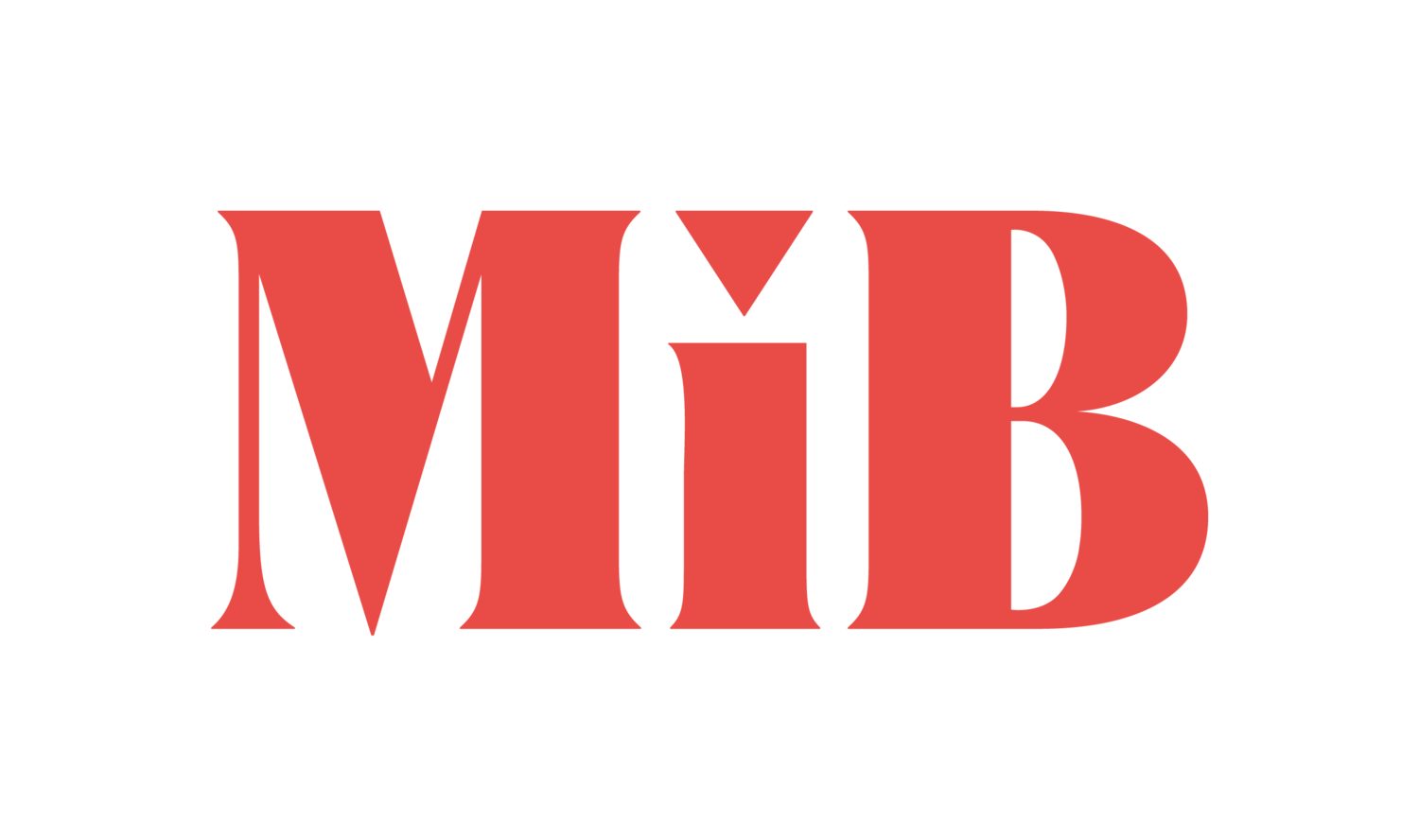According to a survey that Mothers in Business conducted (07/2022), over half (55 %) of the families would move at least part of the payable parental allowance quota to the mother’s use. However, the family leave reform seems to have grown the overall willingness to share the allowances more equally. Especially support from father’s work place and practices that enable breastfeeding at the workplace increase the willingness to share the allowances.
The family allowances that changed in the beginning of August, reserve a quota of 160 payable allowance days for both of the parents. It is possible to give a maximum of 63 payable allowance days to the other parent.
Mothers in Business (MiB) organization asked their members in June - July 2022 about their plans to utilize the allowances. A total of 549 members answered the survey. The respondents were requested to evaluate how they would divide the allowance in case they were to have a child with the new allowance model in place.
Change is happening
36 percent of the respondents said that both parents in the family would use the total of 160 days allowance. In 2020's survey (n=554), the number was 21 percent. The amount of respondents that would move the whole allowance to the mother’s use, has declined from 55 percent to 20 percent. The amount of respondents that would move only part of the allowance for the mother to use, has increased a little, from 22 percent to 35 percent.
“The results show that the family leave reform can effect a change for a more equal share of the care responsibilities”, says Annica Moore, Executive director at Mothers in Business. “Especially the increased amount of the other parent’s income-based allowance encourages fathers to use longer family leaves.” However, only 5 percent of the respondents would move their payable allowance days to the father / other parent’s use. “The survey shows that there still is a tendency to see the mother as the main user of the allowances”, Moore says.
Support from the workplace and a steady financial situation are related to an equal split
Open answers to the survey show that especially the positive attitude and support from father’s work place increases the willingness to equally share the allowances.
“Attitudes at the workplace play a big role. Supporting father’s allowance is essential for the success of this reform”, Moore says. “If the work place doesn’t find a substitute for the father during the allowance period or the workplace’s attitude towards their role as a caretaker is old fashioned, men find it difficult to use the allowances. We should also correct the discrepancies in the amounts of the payable allowances referred to men and women in the collective labor agreements.”
Respondents estimated that a similar level of income between the parents or an otherwise steady financial situation would promote equal sharing of the allowances. In situations where the other parent earns more than the other, it is often noted that the parent earning less should stay home and care for the child.
“This is a very common belief”, Moore says. “It is worth calculating, though, how the different options for sharing the allowances affect the financial situation of the family. Usually, it is more beneficial that the parent that earns more uses the paybable allowance. This is true especially in cases where the other parent stays home for a longer period of time and uses home care assistance / flexible care allowance.”
Any possibilities for nursing at the workplace?
Thanks to the family leave reform, mothers can return to work a lot earlier than before. Thus workplaces need information and instructions on how to support the returning mothers in continuing breastfeeding.
“A big share of mothers want to breastfeed the recommended duration, so their earlier return to work life requires that breastfeeding and working will both be possible at the workplace”, Moore says.
MiB’s survey results show that understanding the situation and flexibility in combining breastfeeding with work are needed at the workplaces. The possibility to work remotely and to take breaks for pumping milk or breastfeeding were mentioned as examples. The solutions can be simple, such as a quiet place for pumping with a lock on the door and a separate fridge for the milk.
“Pumping milk is such an intimate activity, that no one wishes to take the breast milk to a fridge shared between 150 people. Nore will one single breastfeeding mother laugh at the jokes about having your own coffee milk in the fridge”, Moore says.
Moore says that making breastfeeding possible at the workplaces makes sense, since breastfeeding reduces childrens’ illnesses and thus also parents’ sick leave days.
Additional information:
Executive director Annica Moore, tel. +358 44 705 7333, annica.moore@mib.fi
Mothers in Business (MiB) is a nationwide network that supports career-oriented mothers in balancing work and family. MiB’s aim is to provide opportunities for skills development, networking and career advancement. Currently, the network has over 4000 members and hundreds of volunteers throughout Finland. MiB International is a project that aims to develop MiB’s modes of operation to meet the needs of international career-oriented mothers living in Finland and to engage in societal advocacy towards a more inclusive and equal Finnish working life.


